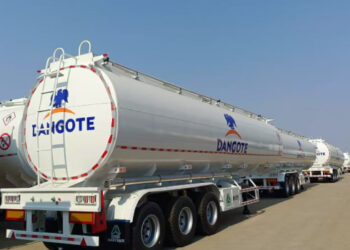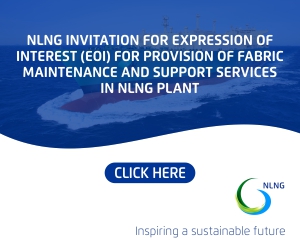Dangote Cement has been granted a two year extension to comply with the Free Float rules of the Nigerian Stock Exchange. They now have till October 2016 to comply. The Nigerian Stock Exchange rules requires companies quoted on the Main Board of the Nigerian Stock Exchange to have at least 20% of its outstanding shares in free float (in the hand of the public). Currently, by our estimates Dangote Cement has just over 8% of its shares outside the hands of its majority shareholder Aliko Dangote. It sold 1.5% to South African SWF (PIC) in 2013 for N45.7billion and another 1.3% to Investment Corporation of Dubai for $30om.
According to an article which originally appeared in the Nation, NSE has extended the deadline for Dangote Cement to October 2016, following its failure to meet the October 2014 deadline.
The NSE had earlier given Dancem October 2014 to comply with listing regulations that require all quoted companies to have minimum free float of 20 per cent. The management of Dancem had applied and presented compliance plan based on which the NSE approved compliance deadline of October 2014 for the company.
The Nation’s check indicated that NSE has extended the deadline for Dancem to October 2016, following the failure of Dancem to meet the October 2014 deadline.
Dancem’s free float, according to NSE official document, remains below free float benchmark at 9.07 per cent, implying that Aliko Dangote’s Dangote Industries Limited (DIL) may have to sell some 10.93 per cent equity stake to the general investing public.
Whilst it’s somewhat perturbing that the exchange can’t seem to enforce compliance with a behemoth like Dangote Cement, one can only look to the size of the company to understand why their hands are forced. Dangote Cement has a market cap of about N3.4trillion or 29.4% of the N11.4trillion market cap for equities on the main board (as at January 5 2014). The current 9% float gives roughly N306billion and more than the entire Insurance Sector, Construction, Healthcare, Agriculture, ICT respectively. It is even about half of the entire Oil and Gas sector (both upstream and downstream).


















